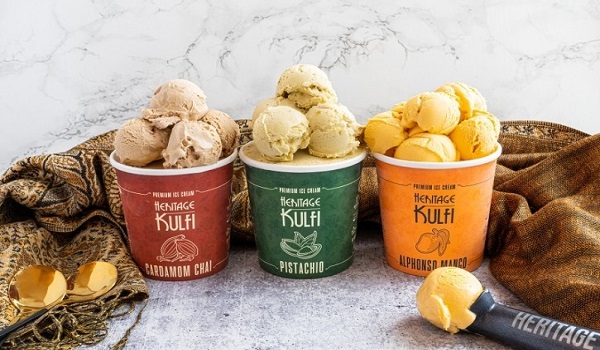Indians have a deep affection for saffron. Whether it’s in our pulaos or curries, a touch of saffron enhances everything. However, saffron has transcended its cultural significance and has also become a significant player in the trading arena. India proudly stands as the world’s second-largest producer of this precious spice, contributing 7% of the global output.
Renowned as the world’s most expensive spice, saffron is notoriously challenging to cultivate. The harvesting process demands diligent effort. However, thanks to advancements in technology, saffron cultivation is no longer limited to the valleys of Kashmir. It has found its way into smaller rooms in regions like Haryana, Maharashtra, and Andhra Pradesh.
According to a report, individuals from various backgrounds, including students, aspiring entrepreneurs, and even software engineers with no prior farming experience, are now venturing into saffron cultivation. In Haryana, two early adopters of cultivating saffron in a non-traditional region are Naveen and Praveen Sindhu, who previously focused on growing medicinal mushrooms. Naveen explained, “We started about three to four years ago. It is as technical as cultivating Cordyceps militaris, a fungus species. We engage in indoor farming using automated devices to control temperature, humidity, and light for cultivating the flowers that yield saffron.” Last year, they harvested around 5kg of saffron, with 70% of it being exported to countries like the US, Dubai, and Canada.
In Pune, software engineer Shailesh Modak, despite lacking farming experience, has achieved success as a saffron cultivator in the non-hilly region. “Constant monitoring of the corms is crucial due to critical weather conditions. The corms or bulbs are planted in late June or early July, and they produce flowers by October or early November,” explained the owner of 365Dfarms while discussing the challenges of saffron cultivation.
Data from the agriculture department reveals a historic achievement in saffron production, with Kashmir yielding 16.34 metric tonnes last year—the highest recorded in 27 years. Officials attribute this success to the National Saffron Mission, which introduced new technologies and enhanced expertise in the field.


